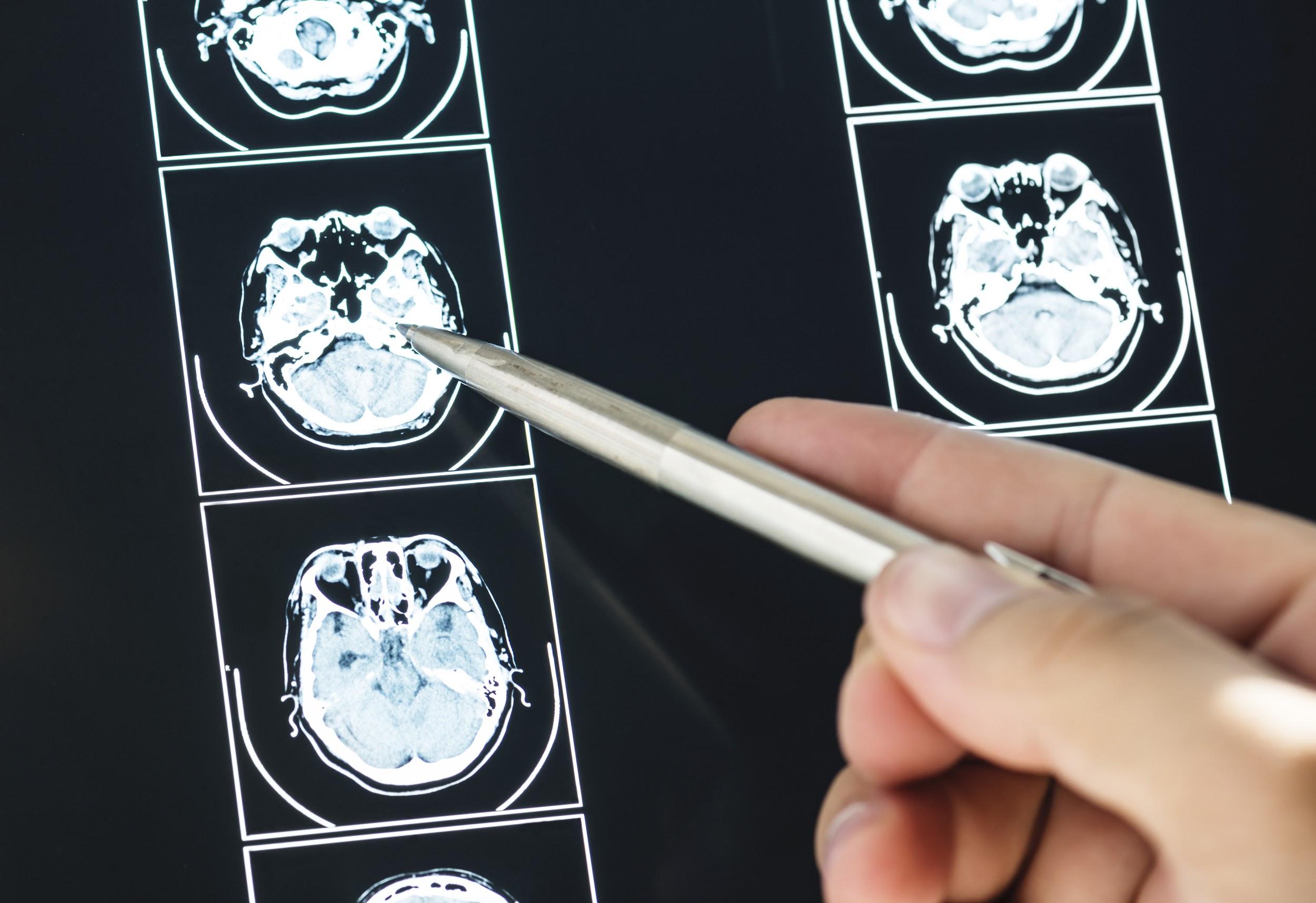Many people are hesitant to receive a full-body MRI due to various misunderstood reasons. Some mistakenly fear radiation or believe that the procedure will be painful. Others assume that their busy routines prohibit them from getting one altogether.
But don’t you believe that “prevention is better than cure?”
The current trend of reactionary medicine that only provides care after the onset of symptoms is killing people. Many diseases are “silent killers” that tend to develop undetected over the years and often only produce noticeable symptoms at the terminal stage. Early detection of a disease can lead to the best prognosis and a full-body MRI is one of the best ways to identify your risks. It saves your money, your time, and most importantly, your life.
What Is A Preventive Full-Body MRI?
A preventive full-body MRI—Magnetic Resonance Imaging—is carried out for the detection of underlying or undiagnosed diseases. An MRI machine scans you from head to toe and a trained health care professional sends your images to a radiologist to perform a detailed analysis of the scan.
Is A Preventive Full-Body MRI Safe?
An MRI is the safest diagnostic scan available. Don’t confuse it with the ionizing radiations of a CT scan or X-Ray. An MRI utilizes the magnetic field of the body for scanning tissue and causes no tissue damage. Unless you have certain medical devices or implants, MRIs are completely safe. The trained professionals will ask you all the qualifying questions before conducting any scans.
How Beneficial Is A Full-Body MRI?
If detected early through a full-body MRI, you can enhance the chance of survival for many diseases that don’t produce symptoms until they are in the later stages of development. Let’s have a look at a few diseases that can be confirmed by a full-body MRI:
1. Brain Tumor
Brain tumors can be malignant or benign and affect the area of the brain in which they are present. Symptoms of these tumors can be seizures, headaches, nausea, and loss of bodily function. But at the initial stages of their onset, they may go unnoticed. An MRI is the gold standard for early detection of brain tissue pathologies.
Fact: The survival rate for patients with brain cancer after five years is 33% in the US.
2. Brain Aneurysms
Aneurysms develop due to a weak spot in the blood vessel, i.e., an artery or a vein. The rupture of brain aneurysms can be deadly.
A small brain aneurysm may develop non-symptomatic. If they grow in size, they can produce a few signs like headaches, nausea, etc. But these symptoms resemble various common daily-life occurrences such as tension headaches and can be easily overlooked. The severity of a brain aneurysm cannot be determined unless it is seen on an MRI.
Fact: The incidence of a brain aneurysm is 1 person per 10,000 in the US. The most common age group affected is 30 to 60 years old.
3. Cardiac Diseases
MRIs can detect the following heart diseases:
- Heart muscle damage due to a heart attack
- Blockages of heart arteries (the cause of angina)
- Problems of the heart’s main artery, Aorta (aneurysm, ruptures, narrowing)
- Conditions of the outer lining of the heart, for example, pericarditis (inflammation of the outer layer of the heart)
- Abnormal heart growth (leads to heart failure)
- Cardiac valve damages
Fact: 1 person dies every 37 seconds due to heart disease in the US. One in every four deaths is due to a cardiac issue and 647,000 Americans die from heart problems each year.
4. Lung Cancer
People with a high risk of lung cancer, such as heavy smokers, are advised to undergo lung cancer screenings once a year.
Lung cancer is one of the most lethal malignancies. It shows no symptoms until advanced stages. MRIs are key to detecting the extent of lung cancer. Early surgery of the smaller lesions can be a lifesaver.
Fact: Lung cancer is the most common cancer worldwide in terms of incidence and prevalence. In the US, the lifetime risk is 8 % for men and 6 % for women.
5. Ovarian Cancer
Ovarian Cancer is the most notorious form of cancer in females. Early signs and symptoms may be absent. In most cases, it is falsely labeled as irritable bowel syndrome. This cancer dramatically decreases the lifespan of females in advanced stages. Full-body MRIs can help detect ovarian cancer early on.
Fact Check: The American Cancer Society estimates that there will be 21,750 new cases of ovarian cancer in 2020 and 13,940 will die from it.
6. Colon Cancer
Colon cancer is the cancer of the intestine. Again, it can produce symptoms of common abdominal problems like pain, loss of appetite, nausea, constipation, etc.
Risk factors are a sedentary lifestyle, obesity, smoking, and an unhealthy diet. An early diagnosis means a possibly longer life expectancy.
Fact: In the US, colon cancer is the second-highest occurring cancer and the reason for death due to malignancies in men and women combined.
7. Fatty Liver Disease
Fatty liver disease is a condition in which extra fats are stored in the liver. Often there are no signs of this disease. The most common cause of it is the excess use of alcohol.
The complications of this disease includes liver cirrhosis, liver cancer, and vein
diseases in the lower third of the esophagus (esophageal varices).
Fact: Fatty liver is the main cause of abnormal liver tests in the United States.
The Bottom Line for Full-body MRIs
The list of the “silent killers” is much longer than the above mentioned. Busy and unhealthy lifestyles are reducing life expectancies. Early diagnosis is one of the best ways to determine the state of your health.
A full-body MRI scan is a simple, pain-free, and rapid diagnostic tool that may be your lifesaver. Unless proven otherwise, you are always at the risk of deadly diseases. You never know which “silent killer” is growing inside of you undetected.
Written by: Dr. M. Ahmad
13th of July, 2020
References
- Kwee, Robert M., and Thomas C. Kwee. “Whole‐body MRI for preventive health screening: A systematic review of the literature.” Journal of Magnetic Resonance Imaging 50.5 (2019): 1489-1503.
- Cancer Stat Facts: Brain and Other Nervous System Cancer- https://seer.cancer.gov/statfacts/html/brain.html
- Brisman, Jonathan L., Joon K. Song, and David W. Newell. “Cerebral aneurysms.” New England journal of medicine 355.9 (2006): 928-939.
- Magnetic Resonance Imaging (MRI)- https://www.heart.org/en/health-topics/heart-attack/diagnosing-a-heart-attack/magnetic-resonance-imaging-mri
- Heart Disease in the United States-https://www.cdc.gov/heartdisease/facts.htm
- World Cancer Report 2014. World Health Organization. 2014
- Braunwald, Eugene, et al. Harrison’s principles of internal medicine. McGraw Hill, 2001.
- Key Statistics for Ovarian Cancer-https://www.cancer.org/cancer/ovarian-cancer/about/key-statistics.html#:~:text=The%20American%20Cancer%20Society%20estimates,will%20die%20from%20ovarian%20cancer.
- Redmond, Jennifer et al. “Effectively Communicating Colorectal Cancer Screening Information to Primary Care Providers: Application for State, Tribe or Territory Comprehensive Cancer Control Coalitions.” American journal of health education vol. 43,4 (2012): 194-201. doi:10.1080/19325037.2012.10599235
10.Adams, Leon A. et al. “Nonalcoholic fatty liver disease.” CMAJ : Canadian Medical Association Journal vol. 173,7 (2005): 735–738. doi:10.1503/cmaj.1050114
